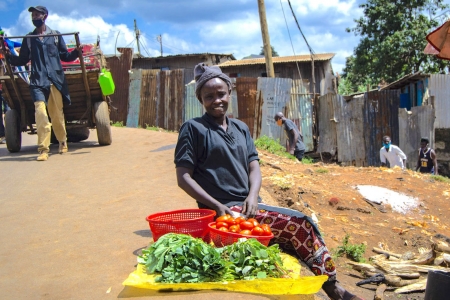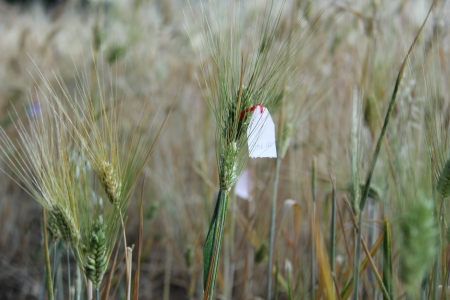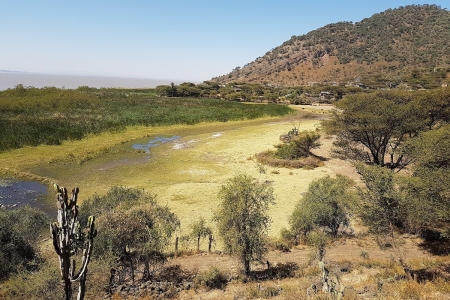Not everything is what it seems – especially women’s access to resources in eastern Sudan. In conservative societies, it is easy to make vastly wrong assumptions about women’s positions based on observations of their daily routines or living situations.
On a recent trip to the Kassala State of Sudan, I had the opportunity to explore many of these issues.
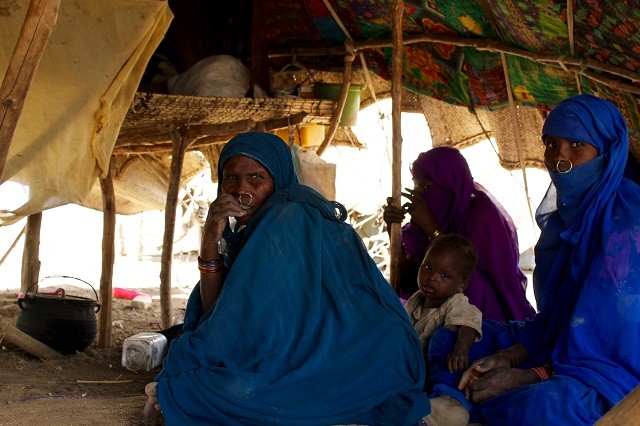
In Kassala, the only water source is the Gash River. The river flows from Eritrea over the Sudanese border into Kassala, where it disappears into the soil in an area called the Gash Die, hence the name “die”. Since the 1980s, the Gash River stopped reaching the Gash Die regularly.
Tribe leaders can recall back to thirty and forty years ago when the Gash Die was a productive area. Agriculture thrived, livestock flourished, women and men worked in the fields, and water was available.
Over the years, increased water scarcity has taken its toll and deep-seeded issues of equity have spread throughout the Gash water system.
In the upstream region of the Gash River, farmers use an intricate canal irrigation system to produce food for the region. But with a limited supply of water and a complex maintenance system, water is sometimes inhibited from reaching tribes downstream in the Gash Die. There are even issues of equitable distribution of water from farmer to farmer in the upstream irrigation system.
Plans to improve water distribution within the irrigation system will allow more farmers to irrigate more land through the canals, hopefully with enough excess water to flow into the Gash Die. This is one area that the Harnessing Floods to Enhance Livelihoods and Ecosystems project, which hosted my visit, plans to influence.
But a major question remains: who stands to benefit most and who loses out if water is managed differently?
A surface level view
We visited the Gash Die region of eastern Sudan and had the rare opportunity to meet a family in one of the tribes. We were joined by Alamin Mahmoud, leader of the Metateb tribe.
Strict customs rule the day-to-day life of the tribes of eastern Sudan, known for their conservative attitudes, above all towards women. We had to negotiate with tribe leader Mahmoud but he eventually agreed to let Soona, a member of the Harnessing Floods project staff based in Kassala, and I meet his family. We drove through desert sand into the area where Mahmoud’s tribe has settled; however, because of the strict rules between men and women, none of our male colleagues could join. Men, even from the same tribe, are not even permitted into another man’s area of the village.
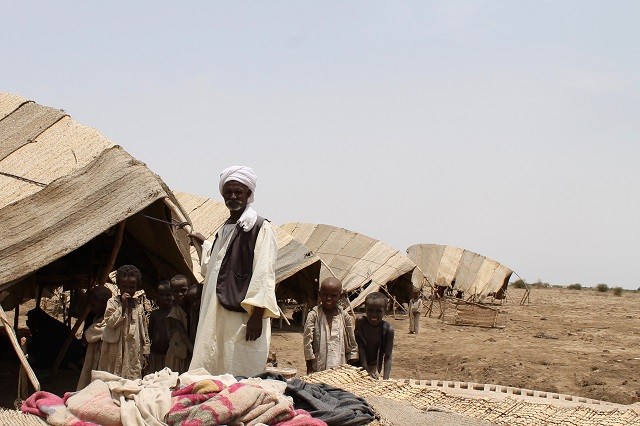
The ‘houses’, and I use this term loosely, looked more like tents. Something unlike I have ever seen of permanent settlements anywhere in West or East Africa. In Ghana and Ethiopia, even the remotest of villages have houses built with mud walls, floors and a thatched roof. In Sudan, the tribes live in tents made from wooden sticks and straw woven roofs. A loft, or straw woven platform, is where they sleep – elevated above any insects or water from the rare storm in the rainy season.
Mahmoud’s two daughters and niece peered out at the two of us through the screens of their royal blue fotas, traditional clothes that cover from head to toe. Visitors are rare. None of the women spoke Arabic, so the tribe leader translated.
The village leader explained that women are not allowed to leave the home except to visit relatives in nearby villages. He pointed to a tree in the near distance that marked the border for acceptable distance. Here, a woman’s main role was to raise children and cook at home. The men, even boys starting from age 6 or 7, leave home in the morning, go to the market, herd the animals, and return in the evening. As another leader I met later in the day put it, “we treat our women like kings. They never have to work or leave the household. We bring everything to them.”
I left the village stunned. In many rural areas of Africa and Asia, women were responsible for collecting water, often walking long distances to do so. I had never heard of a culture so strict that only men could take on this task.
Changing perceptions
When we returned to Khartoum, I met with Aisha Oshiek, the gender specialist of the Harnessing Floods project. She explained an interesting dichotomy between cultural gender norms in eastern and western Sudan that put my thoughts into perspective.
In Darfur in western Sudan, women are visible in society. They play a significant role in growing crops, particularly vegetables and legumes, and raising small ruminants and poultry. While women go to the market and partake in other income generating activities, the men in the household control all of the money.
Whereas, in parts of eastern Sudan, such as the area I visited, most women are traditionally not to be seen in public spaces and have limited income-generating prospects. However, they have access to land and animals according to Islamic law, giving them seemingly enormous autonomy over ownership and money management compared to the women of western Sudan.
According to Oshiek, whose father is part of a neighboring tribe, the women in the village have much stronger decision-making power than was evident by our visit.
While women are prohibited from going to the market, they can send men on their behalf. They sell woven items and even their own livestock and land. And there is a strong relationship of trust in this arrangement; men are shamed in the tribe if they dishonor a woman’s money or transaction.
The way forward
“The reclusive way of life [of women in the Gash Die] has been rapidly changing under the pressure of the persisting poverty crisis,” says Oshiek. “Due to the loss of animals and the shift to a more agriculture-based lifestyle, women work in the fields and perform specific labor-intensive agricultural tasks such as weeding and harvesting crops, mainly sorghum.”
Against this cultural backdrop, Oshiek is tasked with documenting and establishing a better understanding of how changes to the canal irrigation system upstream will affect communities in the Gash Die downstream.
Her response is quite positive. “If the productivity in the Gash Scheme increases and water is allocated downstream, communities downstream will benefit from increased crop diversity with women in particular,” she said. Although they are limited from partaking in many activities, it turns out that women of the Metateb tribe (that we visited) have already begun engaging in agroforestry.
The key, Oshiek thinks, is to focus on agriculture training. Since men and women cannot work in the fields together, women have not been exposed to other parts of the agriculture process. They have traditionally only been involved in the harvest period. Therefore, if women can receive training and find a plot of land to work on, the situation may improve.
IFAD has worked in the Gash for the past 7 years and has established women’s groups among the tribes. One of the interventions introduced has been agroforestry. With women growing crops of their own, they increase ownership over crop resources; an additional intention is to improve household nutrition.
There is still a dearth of information on tribes in the Gash Die and the cultural sensitivities that govern acceptance of change. The Harnessing Floods project will be working on filling in some of these gaps in knowledge and understanding of these community practices and social norms. The goal is to design targeted and culturally sensitive interventions that improve equity and reduce poverty through improved water management.



